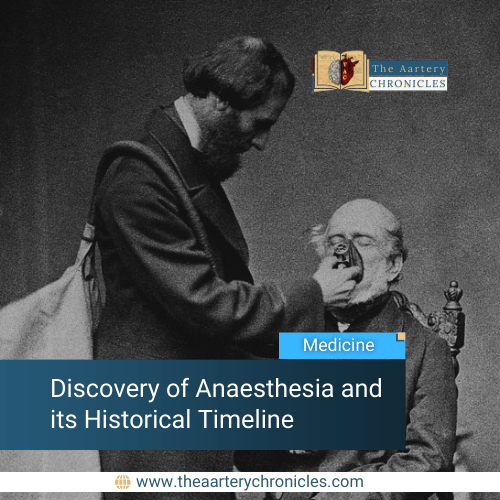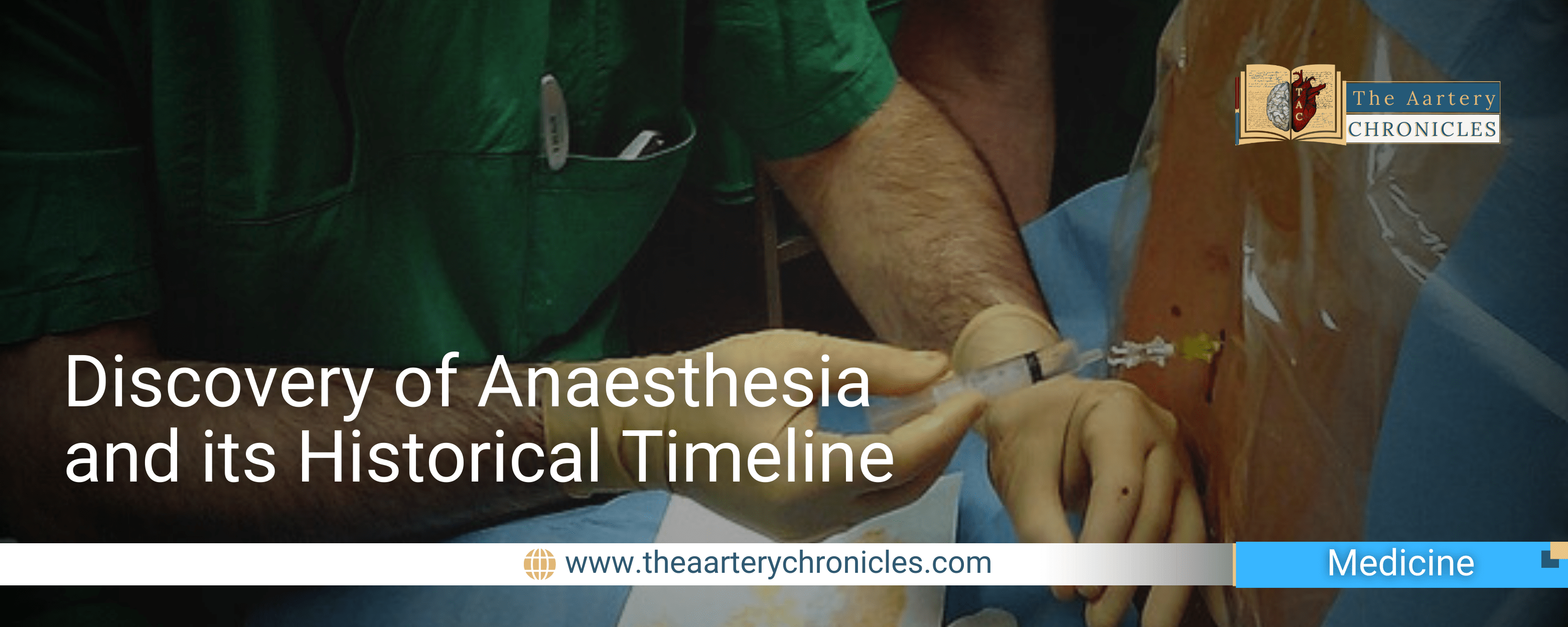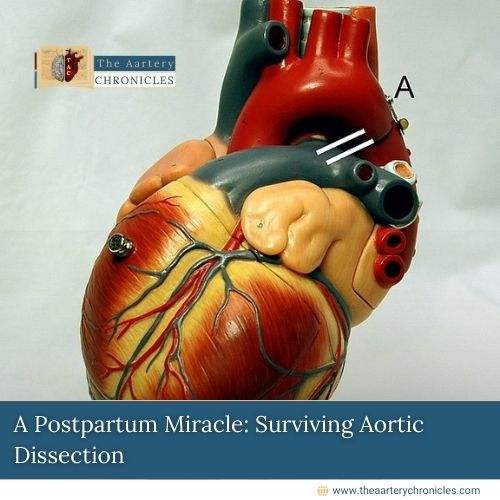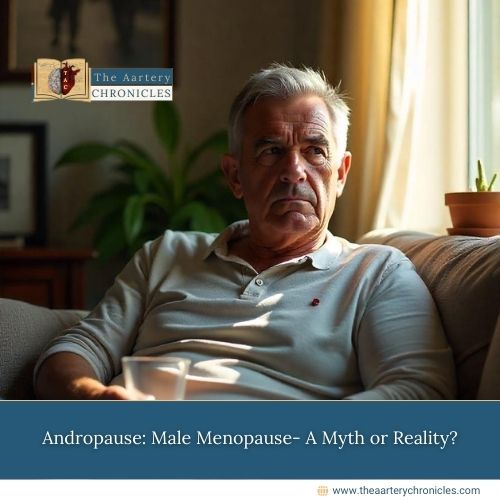

A Medical Marvel: Discovery of Anaesthesia and its Historical Timeline
Imagine a time when surgery was a perilous journey into excruciating pain, often leading to shock and even death. This was the grim reality before the advent of anaesthesia, a groundbreaking advancement that revolutionized the medical field. Today, modern medicine stands as a marvel of human achievement, offering intricate surgical procedures, life-saving interventions, and advanced treatments that were once unimaginable. At the core of this progress lies anaesthesia, an indispensable element in modern medical practices. Anaesthesia is the ability to block sensation and induce a state of unconsciousness during medical procedures, and it stands as one of the most transformative developments in the history of medicine.
In this article, we will explore the captivating journey of anesthesia’s evolution across a historical timeline.
Shakespeare’s Influence: An Anaesthetic Mention
Even the works of William Shakespeare, a renowned playwright and poet, hinted at the existence of early attempts at anesthesia. In Shakespeare’s play “Cymbeline,” references to anesthetic practices in ancient civilizations are noted. This subtle nod in literature underscores the longstanding history of endeavours to mitigate pain and induce unconsciousness during medical procedures.
Many of these early methods involved the ingestion of ethanol or herbal concoctions. Additionally, methods like delivering “knock-out” blows to the head or compressing the bilateral carotid arteries were also documented. While these approaches were difficult to standardise and quantify, many were largely ineffective, though not necessarily harmful. However, the same cannot be said for methods such as head trauma or blocking blood flow to the brain. [1]
Ancient Practices: The Quest for Pain Relief
The desire to alleviate pain during medical procedures is not a recent development. Ancient civilizations, such as the Egyptians and Greeks, employed various methods to dull the senses during surgeries and treatments. Various anaesthetic techniques that were used across ancient civilizations worldwide, include:
- Sumerian artefacts and opium poppy (ca. 4000 BCE): Depictions of the opium poppy were seen in Sumerian artifacts. These ancient civilizations employed herbal remedies, including opium, for anaesthesia.
- Babylonians and henbane (ca. 2250 BCE): Babylonians used henbane for toothache relief (Hyoscyamus niger).
- Sushruta and cannabis vapours (600 BCE): The ancient renowned Indian physician Sushruta utilised cannabis vapours for sedation during surgery. As centuries progressed, other herbs, such as aconitum, were added to the sedation repertoire, both in India and eventually in China.
- Assyrians, Egyptians, and carotid compression (ca. 400 BCE): Assyrians employed carotid compression to induce brief unconsciousness before circumcision and cataract surgeries. Similarly, Egyptians also utilized carotid compression for eye surgery.
These practices demonstrate a shared history of anaesthesia techniques across diverse ancient civilizations. [2]
The Era of Gaseous Anaesthetics
The era of gaseous anaesthetics marked a significant milestone in the history of anaesthesia, providing safer and more controllable methods to induce unconsciousness during surgical procedures. Some of the notable gaseous anaesthetic discoveries include:
- Nitrous Oxide (N2O): The laughing gas (1771-1786)
- Joseph Priestley was an English chemist and natural philosopher who discovered nitrous oxide and isolated oxygen.
- Humphry Davy experimented with it in the early 19th century, noting its euphoric and analgesic effects. [1, 2]
In Davy’s publication “Researches, Chemical and Philosophical: Chiefly Concerning Nitrous Oxide” from 1799, he detailed two primary effects of inhaling nitrous oxide: euphoria (which he famously termed ‘laughing gas’) and analgesia (as it relieved the pain of his erupting wisdom tooth). Davy proposed the use of nitrous oxide inhalation during surgical procedures, although this suggestion was not put into practice. [1]
- Carbon Dioxide: As an anaesthetic in animals (1800)
- Henry Hill Hickman was an English physician known for his experiments using carbon dioxide (CO2) to induce what he termed “suspended animation.”
- He achieved this by administering carbon dioxide for inhalation and conducting surgical procedures painlessly on numerous animals while they were under its influence. [1, 2]
Hickman’s attempts to publicize his findings were unsuccessful in England and France, resulting in little recognition. Despite his early death, he stands out as the first to propose inducing unconsciousness for surgical procedures in this narrative.
19th Century: The First Surgical Procedure Using Anaesthesia
The scene shifts to Hartford, Connecticut, on December 10, 1844, where Gardner Quincy Colton, a travelling showman, presented a demonstration featuring nitrous oxide inhalation. In attendance at the demonstration was Horace Wells, a local dentist renowned for his skill in crafting dentures. Wells was actively seeking ways to perform painless tooth extractions for his patients. Wells recognized a potential solution when a young man named Samuel Cooley, who had inhaled the gas, injured his shin without showing any signs of discomfort. The next morning, Wells had one of his own teeth extracted by colleague John Riggs after Colton administered the gas. Wells continued using nitrous oxide in his practice, eventually demonstrating it at Harvard Medical School. [1]
On October 16, 1846, at Massachusetts General Hospital in Boston, the first public demonstration of ether anaesthesia took place. William Morton, a former student and partner of Horace Wells, recognized the need for a better anaesthetic agent and consulted with his chemistry teacher, Dr. Charles Jackson. Together, they decided on ether inhalation. Morton tested ether on animals and patients before the historic demonstration. During the demonstration, Morton served as the anaesthetist while John Warren performed the operation to remove a lump under the jaw of Gilbert Abbott. This successful demonstration marked the beginning of a new era in anaesthesia. [1, 2, 3]
Subsequent Anaesthetic Advancements and Innovations
- Chloroform (1847): In Scotland, in 1847, obstetrician Professor James Y. Simpson began administering chloroform to women to alleviate the pain of childbirth. This marked the beginning of chloroform’s popularity as an anesthetic for not just childbirth but also for surgical and dental procedures.
- Chloroform as Obstetric Anaesthesia (1853): Dr. John Snow was a pioneering anaesthetist who played a crucial role in popularising obstetric anaesthesia by administering chloroform to Queen Victoria during the births of Prince Leopold in 1853 and Princess Beatrice in 1857.
- Return of Nitrous Oxide (1863-1868): In 1863, nitrous oxide was reintroduced by “Professor” Gardner Quincy Colton of the Cooper Institute in New York. Initially used as the sole agent without oxygen, nitrous oxide was found to be safe only for very short procedures, making it suitable for dental extractions. This technique made its way to London in 1868.
- Cocaine as Local Anaesthesia (1884-1898): In 1884, Dr. Karl Koller, a Viennese ophthalmologist and colleague of Sigmund Freud, introduced cocaine as an anaesthetic for eye surgery. During the same year, Dr. William S. Halsted performed the first regional nerve block with cocaine, specifically targeting the mandibular or jaw nerves. In 1898 Dr. August Bier conducted the first spinal anaesthetic using cocaine. Ten years later, he popularised the intravenous regional block, also known as the “Bier block.”
- Intravenous Anaesthetic Agent (1929): In, 1929, Dr. John S. Lundy organized The Anaesthetists’ Travel Club and popularised the use of the intravenous anaesthetic thiopental (Pentothal). The swift onset of thiopental for inducing general anaesthesia paved the way for other intravenous induction agents, such as ketamine, etomidate, and propofol, despite their unrelated chemical structures.
- Muscle Relaxant (1942): In 1942, Drs. Harold Griffith and Enid Johnson accomplished the world’s first successful anaesthetic application of the muscle relaxant curare, with pharmaceutical-grade curare provided by Squibb’s Lewis H. Wright, MD. [2, 3]
Modern Era: Anaesthesia Today
In the modern era, anaesthesia has become a specialised field with dedicated professionals known as anaesthesiologists who are trained in the art and science of pain management, sedation, and unconsciousness. These experts meticulously tailor anaesthetic plans to individual patients, considering factors such as age, medical history, and the type of surgery. Modern anaesthesia encompasses a spectrum of techniques, medications, and safety measures aimed at providing optimal patient care. It allows for precise control over pain, consciousness, and physiological responses during surgical procedures, contributing significantly to improved outcomes and patient comfort.
Conclusion
From ancient herbal remedies to the sophisticated pharmacology of today, anaesthesia has undergone a remarkable evolution. It stands as a vital component of modern medicine, ensuring patient comfort, safety, and the ability to perform complex surgeries with precision and care. As we continue to innovate and refine our understanding of anaesthetic agents, we honour the pioneers whose discoveries have transformed the field and alleviated the suffering of countless individuals throughout history.






Which is the best Anaesthetic agent currently?